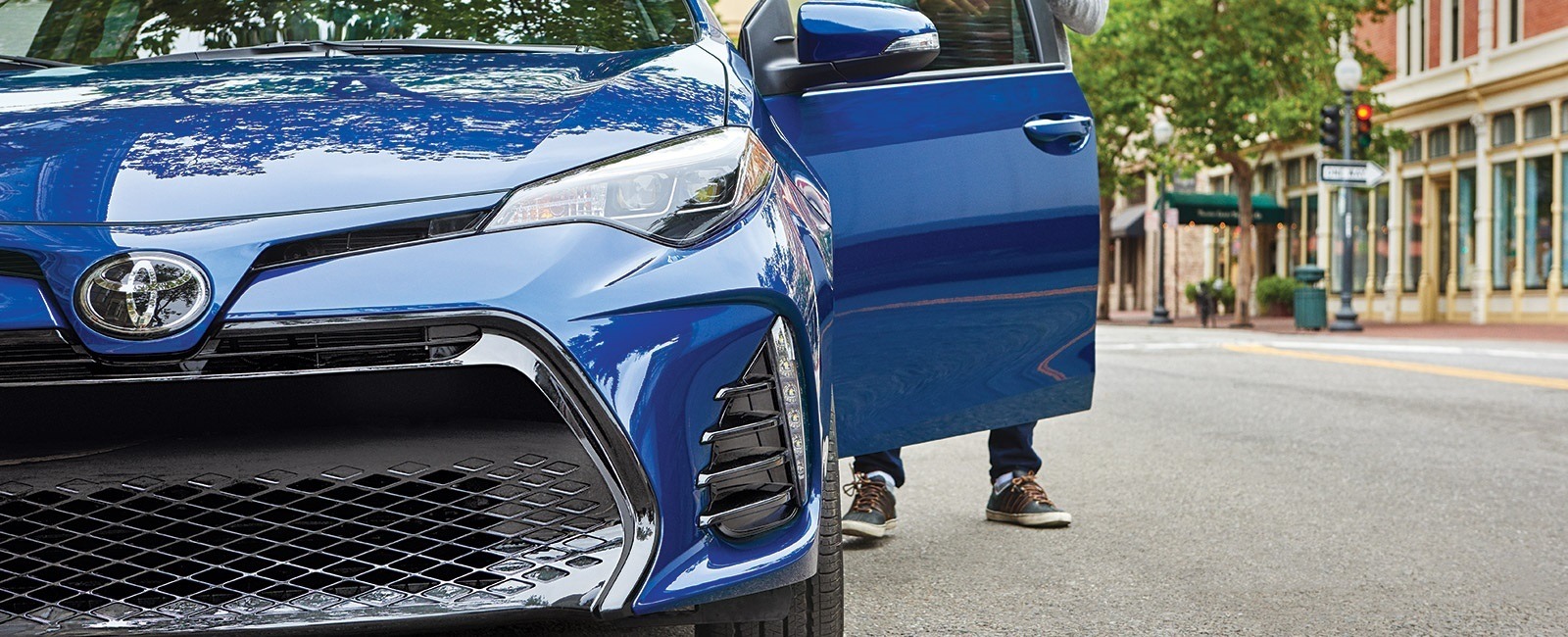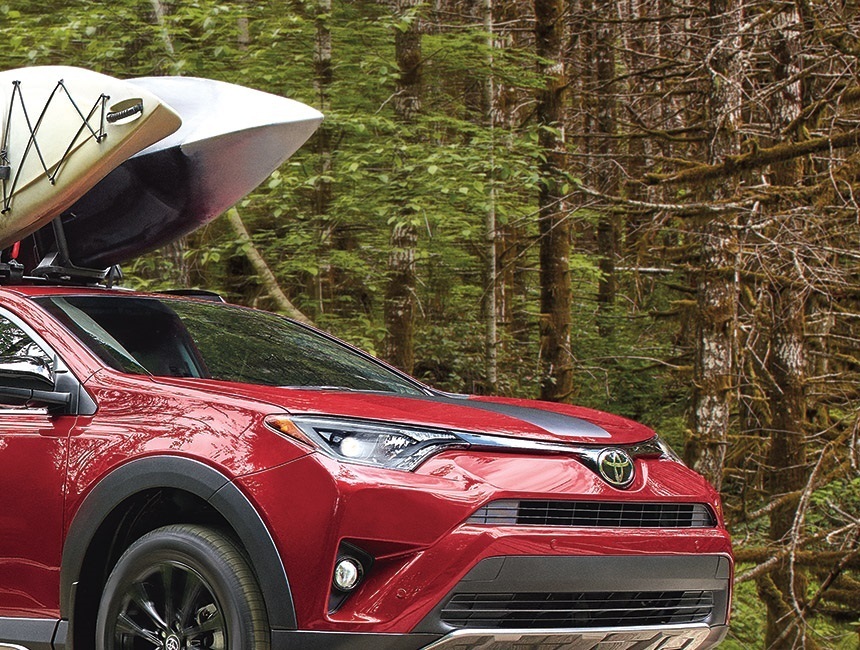Car maintenance is key if you want to go the distance with your vehicle. Don’t wait until problems crop up before tending to certain tasks or visiting your Toyota dealer. Prevention is your friend—and you can actually do a lot of the work yourself. This can pay off big down the road, even if you’re driving a leased vehicle. Returning a car that’s in good shape at the end of your lease is always win-win! However, it’s important to remember that some yearly car maintenance is best left to the professionals. Here are some handy car maintenance tips.
Do-it-yourself vehicle maintenance
If you want to take care of your own car maintenance, it’s recommended that you carry out a few simple tasks. They’ll only take a few minutes of your time—a few hours a month, tops.
Paying attention under the hood
To prevent mechanical problems and premature wear and tear, regularly check the engine oil level (i.e., after every one or two fill-ups). A quick look at the engine oil gauge is all it takes. Be sure to use the type of oil recommended by Toyota. If your oil light flashes or comes on while you’re driving, don’t mess around: it’s high time for an oil change. You should also keep an eye on other fluid levels as well, such as brake fluids, coolants, power steering fluids and windshield washer fluids. Minimum and maximum levels are indicated on their respective reservoirs.
Inspect your car’s air intake filter, which prevents debris from entering the engine intake system. Remove any insects, leaves and other residue with a vacuum. If the pores are really clogged, it’s best to replace the filter entirely.
Check that the drive belts are tight and that they show no sign of cracks or defects. If you find any, make the necessary repairs or put in a new belt. Drive belts are what connect the alternator, the air conditioning compressor, the power steering pump, and sometimes the engine coolant pump as well. Checking the belts in hybrid vehicles won’t take any time at all—they don’t have any. One less thing to worry about!
Examine your battery once or twice a year. If its poles are greyish green, clean them with a steel brush to avoid any problems starting your car. Check that the clamps are properly connected to the terminals. The battery must be in good condition, especially when cold weather sets in. Always keep your fuel tank at least a quarter full in the winter so you don’t have to worry about problems caused by condensation or frost.
Lastly, replace any burnt-out light bulbs in your car, most of which are easily accessible. They’re what make it possible to light up the inside of your car, signal to other vehicles and literally see in the dark—so you don’t need to be reminded how important they are.
Auto body and cabin maintenance
When you stop for gas, get in the habit of measuring your tire pressure on a regular basis. The pressure recommended by Toyota is indicated on the driver’s side doorframe. Well-inflated tires minimize road friction, which in turn takes pressure off the engine and leads to fuel savings. Inversely, poorly inflated tires increase fuel consumption and need to be replaced faster. Make sure that you also check the state of the rims, the grooves (which need to be deep enough for water to escape effectively) and the studs (which need to be in perfect shape to maintain control when the road is covered with ice or snow).
Replace the windshield wipers every one or two years, as the summer sun tends to dry out the rubber part of the blade. Don’t wait until the wipers are too worn out to do their job: they’re your eyes in rainy and snowy weather! And cleaning your windshield and windows every now and then is never a bad idea.
Wax the body of your car a few times a year, preferably in the spring and the fall. And if you want to clean it in the summer and winter too, go for it! Salt, dirt and rust all go hand in hand, so it’s better to be proactive! Instead of losing its lustre, your car’s paint job will look like new. Quality products and a bit of water—although some products don’t even require water—is all you need. If the weather prevents you from washing your car at home, high-pressure car washes do a great job. And don’t forget about the interior: floor mats, seats, dashboard, the inside of the windows. Germs can hitch a ride anywhere!
Yearly car maintenance best left to the pros
Nothing is stopping you from getting a professional to take care of even the smallest maintenance tasks, but your dealer is the best choice when it comes to more specialized jobs like wheel alignment, brake and spark plug inspection, air conditioning maintenance, etc. The real pros know what they’re doing. You can put your trust in them.
If you plan on keeping your car for a long time, rustproofing is essential. Even if cars today have more rust-resistant exteriors, finishes and paint jobs than they did 10 or 15 years ago, no vehicle is safe from corrosion.
Vehicle maintenance schedule
To keep your car in good working order, review your Toyota vehicle maintenance schedule, which specifies what to do after a certain period of time or after reaching a set number of kilometres.
It is vital that you respect this schedule. And don’t forget to keep your receipts! If ever you need to have your warranty honoured, they’ll help prove that you followed the recommended maintenance for your car. It’s a simple habit that pays off—having your receipts is also good for your car’s resale value, too.
So, there you go! It doesn’t take an expert mechanic to look after the maintenance of your car; all it takes is a little teamwork, which both your car and Toyota will thank you for!
References:
https://www.encyclauto.fr/categories/Entretien-voiture-2.html
http://www.autonet.ca/fr/2014/08/29/dix-suggestions-dentretien-a-faire-soi-meme-sur-sa-voiture



